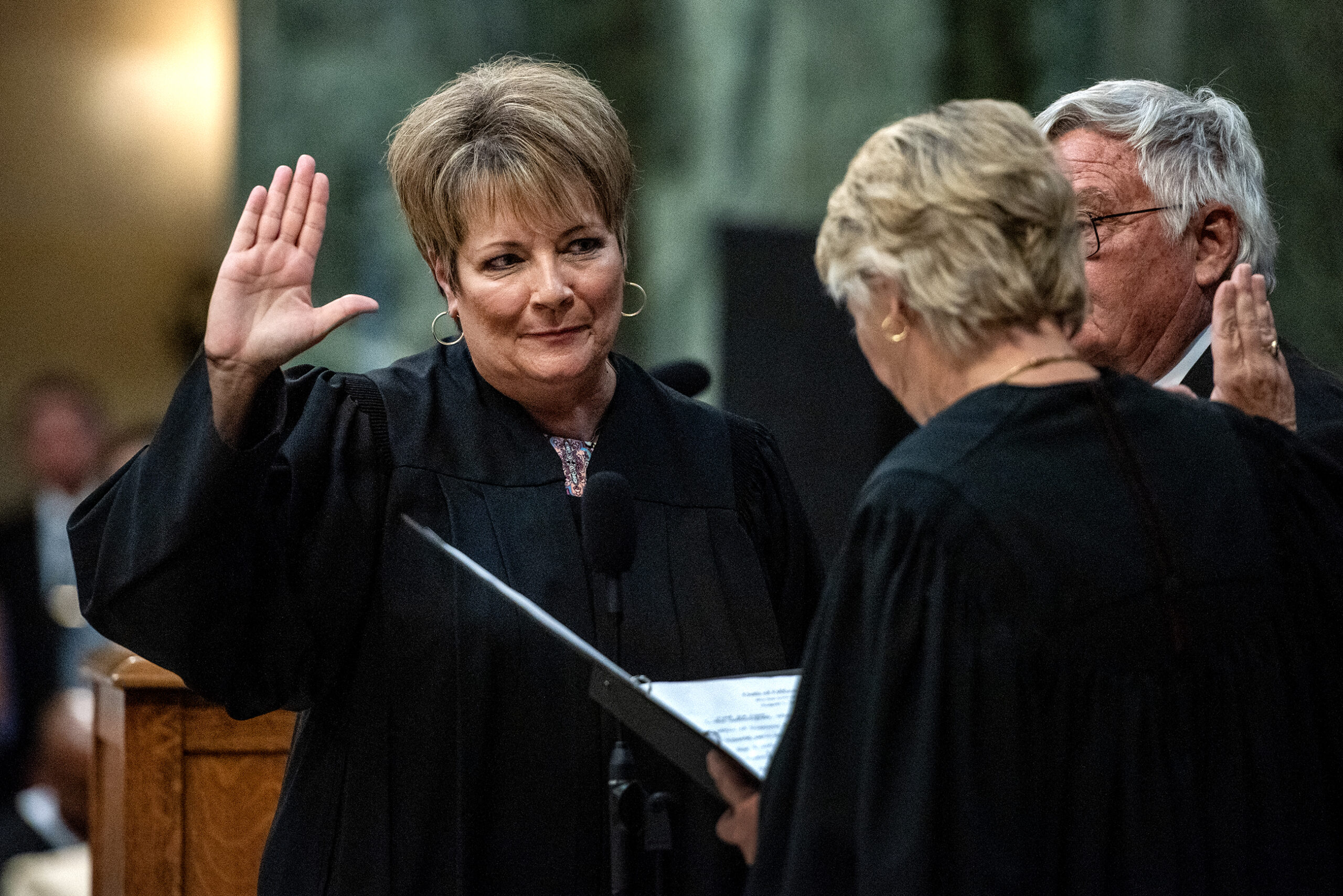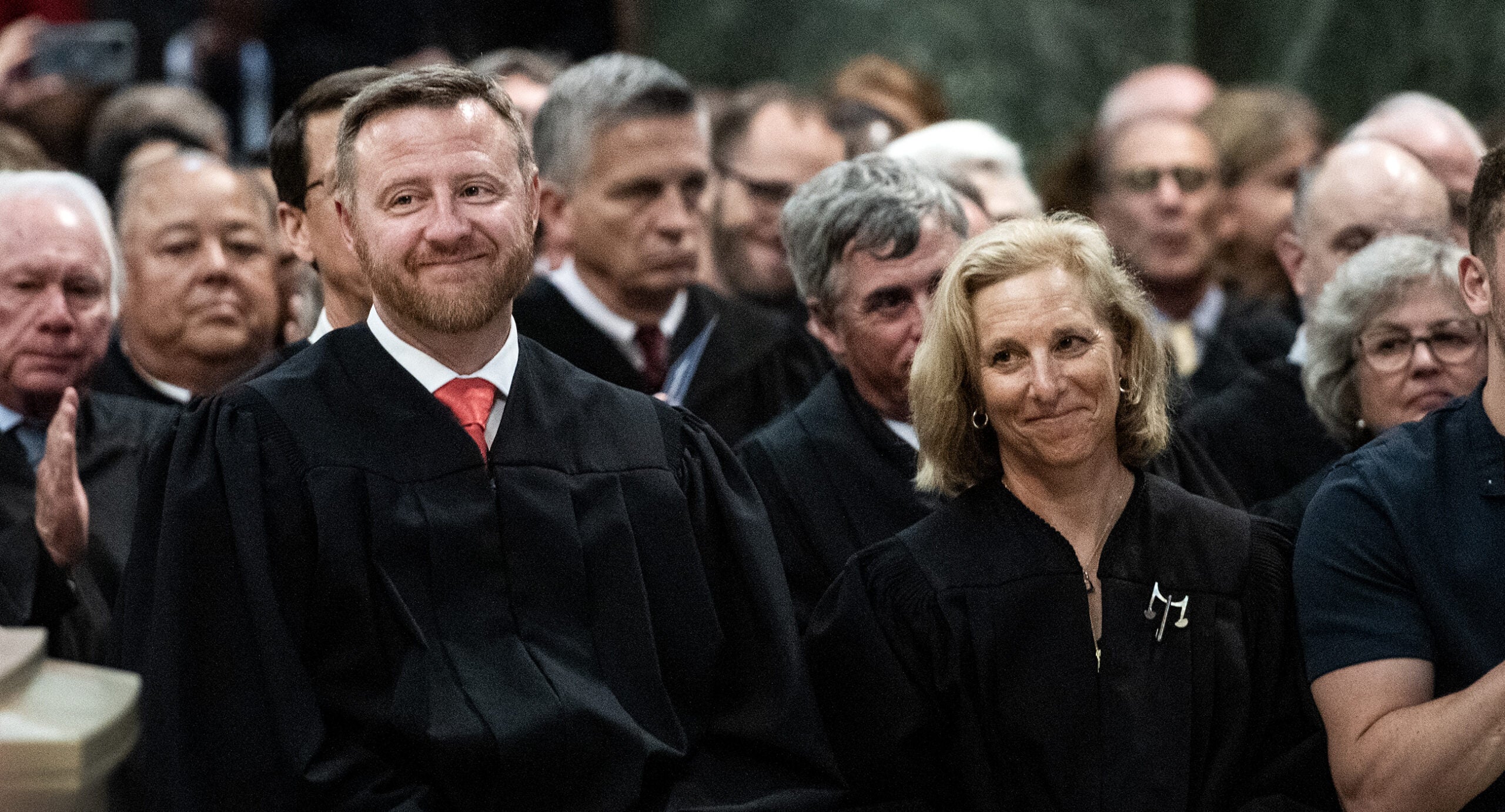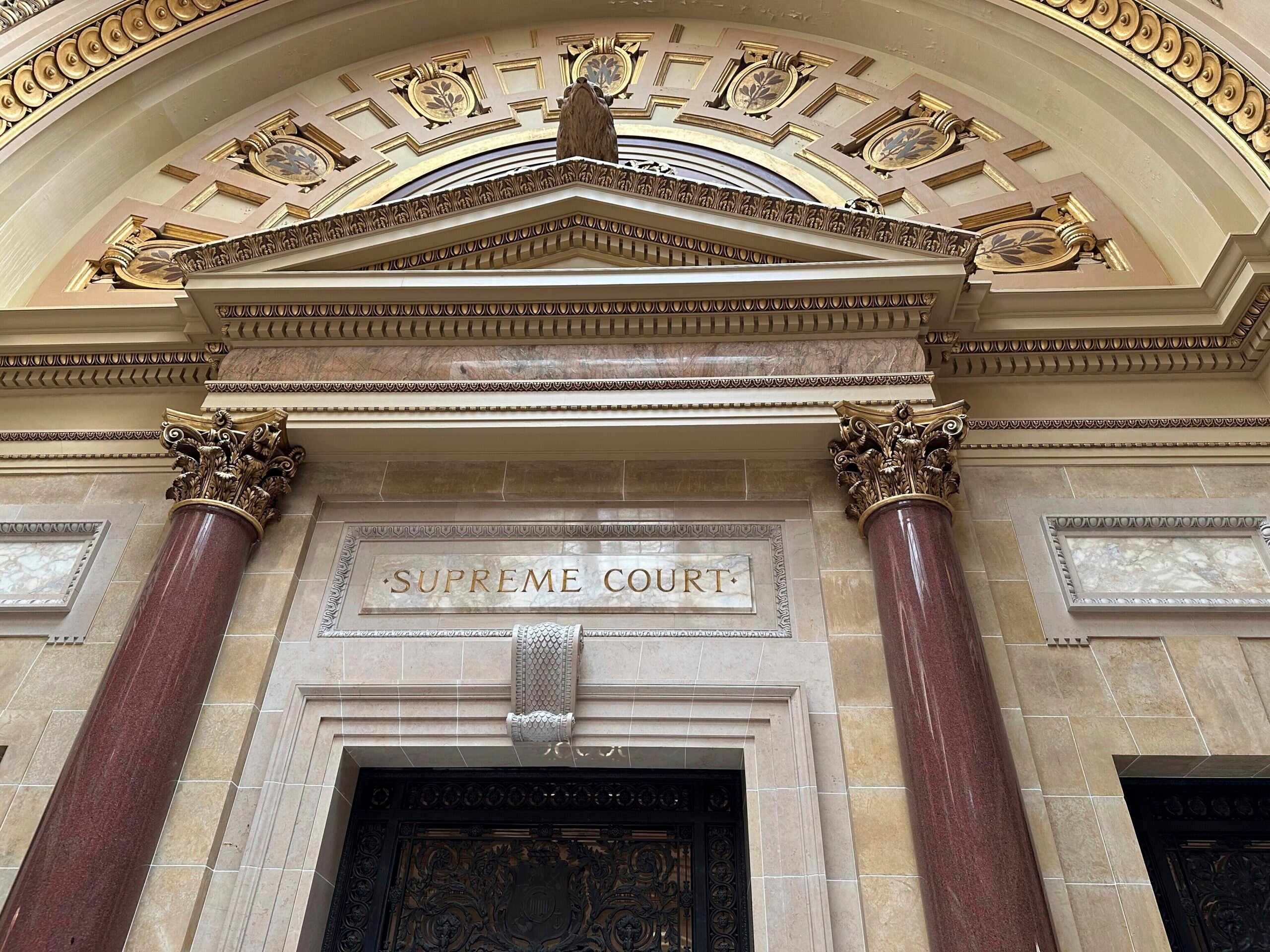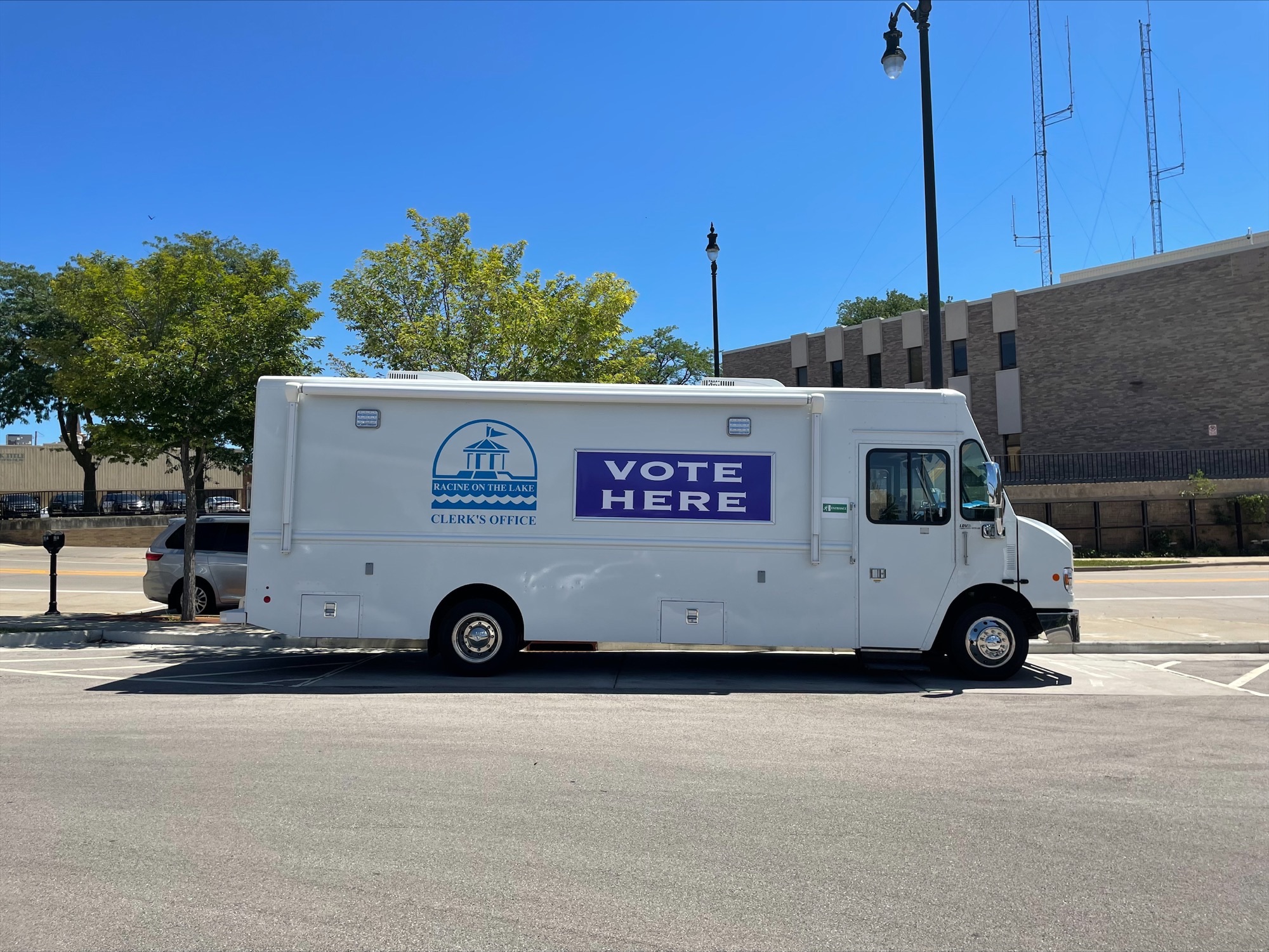The Wisconsin Supreme Court’s current, year-long session finishes at the end of this month. It is on pace to produce the fewest number of decisions issued by the court during a single term in at least 45 years.
A statistical analysis by Marquette University history professor Alan Ball on his SCOWstats blog found the court will finish this session with fewer than 20 decisions, which is less than half the number from the previous term.
Ball says the number of cases decided by the Wisconsin Supreme Court has generally declined over recent decades. He’s seeing a similar trend in other states and at the federal level.
Stay informed on the latest news
Sign up for WPR’s email newsletter.
He spoke with WPR’s “Wisconsin Today” about how this lower output in Wisconsin and what causes could be driving it.
The following was edited for clarity and brevity.
Rob Ferrett: What are you seeing when it comes to the sheer number of cases the state Supreme Court has worked through in this session?
Alan Ball: Based on what I’ve seen, it looks to me like the maximum number of decisions that they’re going to file by the end of the term would be something like 14 or 15. And this is stunningly low. If you look at the past four terms or so, the average may be around 50 cases per term.
As recently as 2005 or 2006, they were filing 80 or 81 decisions. So to plunge all the way down to 15 is remarkable. It’s a drop of like two thirds, 67 percent, compared to what they were filing just last year.
RF: What are some of the reasons the court might be tackling so many fewer cases?
AB: One is that the Supreme Court is supposed to be a court that takes law development cases, which means big picture cases where they’re confining themselves to deciding issues that have not been ruled on before or taking cases where the lower courts have been split in conflict and they have to resolve that.
Someone could argue that there have been fewer law development cases this term. I am skeptical about that. I think if we could question pretty much any appellate attorney in Wisconsin, they would all agree that there are far more cases out there that deserve Supreme Court attention than simply 15. But someone might argue that there are fewer than normal, and that might have played a part.

RF: People might expect that the new liberal majority on the court could prompt more liberal groups to bring cases to the court. Has that been the case?
AB: You could imagine that the four liberal justices might be inclined to take as many cases as they could, since now they have a chance to develop the law in a direction that’s more congenial to them. Obviously, that has not happened. It only takes three justices to decide to accept a case for review. So if the conservatives wanted to take more cases, they could. There’s still three there, and any combination of three liberals could. And clearly that’s not happened.
Maybe you could point to the polarization that was evident even from the beginning of the term, when the justices were making no effort to hide their animosity over changes in administrative procedures or court personnel. And someone might think that’s bogged down the court and could account for the fewer cases. There may be something to that.
On the other hand, you can certainly look back in the past and find plenty of other periods in the court’s history where there’s been a lot of animosity and polarization. In none of those times was there a corresponding plunge in the number of cases. So while the friction in the current term has certainly been pronounced, to say that has to explain the sharp drop in cases is insufficient.
RF: What other potential causes might be behind this decline?
AB: Another factor that could well have played a part would be that the court has taken a number of provocative, politicized cases this year: the redrawing of the electoral maps, the separation of powers, the case involving absentee ballots and drop boxes and of course, the impending abortion cases. You could imagine that would absorb an unusual amount of the justices’ time and could help account for the smaller number of decisions coming out.
On the other hand, if you look back in the past, there have been times when the court has also wrestled with a number of high profile cases that have not resulted in a plunging number of decisions. So there’s perhaps something there, but no individual reason seems to be the silver bullet or the explanation to it all.
Wisconsin Public Radio, © Copyright 2024, Board of Regents of the University of Wisconsin System and Wisconsin Educational Communications Board.






